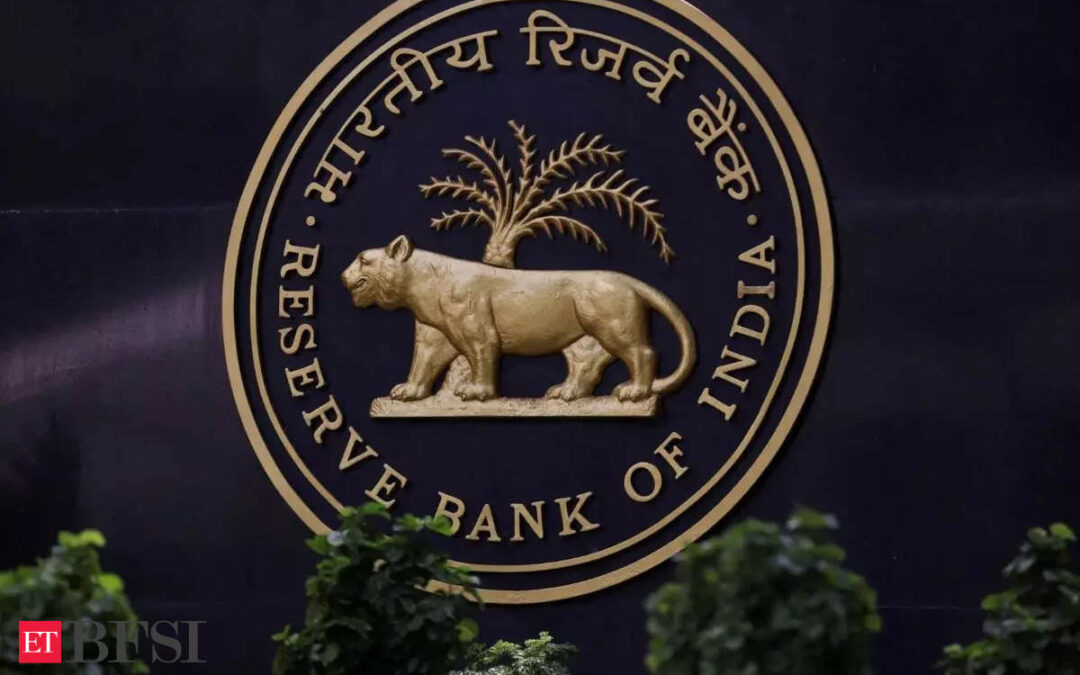The Reserve Bank of India (RBI) is expected to deliver a significant dividend payout to the government for the fiscal year ending March 2025, with estimates pegging the surplus transfer at Rs 1.5-2 trillion. This anticipated payout comes as disinvestment proceeds have been tepid, with only Rs 3,388 crore raised from the General Insurance Corporation of India sale and Rs 815 crore from SUUTI’s remittance so far in FY25. As a result, the RBI’s surplus is expected to play a key role in bolstering government finances.
In its latest Budget, the government revised its estimate for RBI’s surplus transfer in FY25 to Rs 2.34 trillion, up from the initial Rs 2.32 trillion. For FY26, the government expects the surplus to rise further to Rs 2.56 trillion. The RBI’s surplus transfer typically accounts for approximately 0.5-0.55% of the GDP, making it an important revenue source for the government.
The windfall from the RBI’s foreign exchange transactions, including the sale of dollars to stabilise the rupee, is expected to contribute to this substantial dividend. Between April and November 2024, the central bank sold $196 billion in foreign exchange reserves, with full-year sales projected to reach $250 billion. These transactions, executed at favorable exchange rates, are anticipated to generate significant profits for the RBI, further boosting its surplus income and enabling a sizable transfer to the government.
The anticipated surplus will provide crucial financial support for the government during a period of weak consumption, sluggish private investments, and moderating tax revenues. The government is heavily reliant on RBI’s dividend to offset revenue shortfalls and fund various spending programs.The concerns
Despite the expected fiscal boost, concerns have been raised about the RBI’s ability to balance short-term payouts with long-term financial stability. As the central bank’s balance sheet expands, higher provisions for contingency reserves may be necessary, potentially limiting the quantum of dividends transferred to the government.
Alongside forex transactions, the RBI’s investments in overseas securities have yielded higher returns due to rate cuts by central banks in advanced economies. The central bank’s ‘Other Liabilities’ surged by 92.57% from Rs 1.35 trillion in FY23 to Rs 2.6 trillion in FY24, largely due to the increase in surplus payable to the government.










